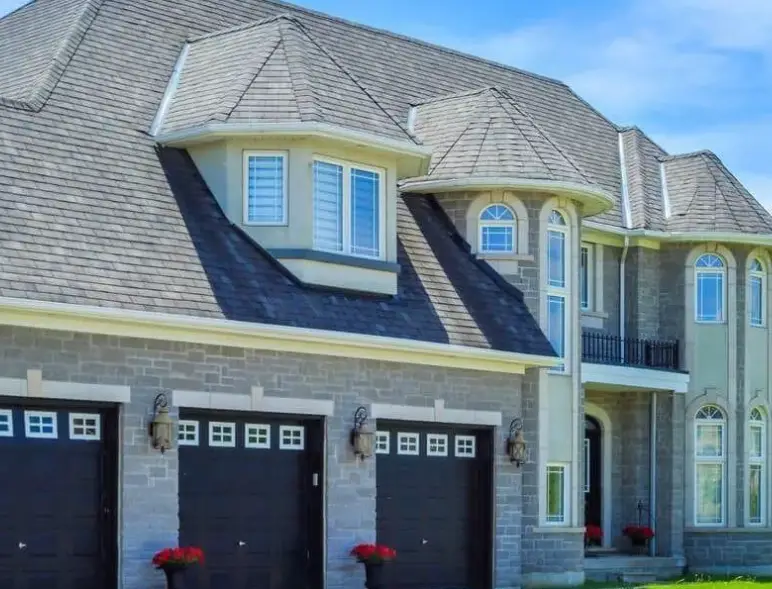A Comprehensive Guide to “Roof Installation”: Maximizing Value for Your Home
When considering home renovations, few investments have as significant an impact as installing a new roof. The roof installation cost can vary dramatically based on a variety of factors, ranging from materials to labor, and understanding these variables is crucial for homeowners seeking to make informed decisions. In this guide, we’ll delve deep into the intricacies of roof installation costs, providing you with all the information needed to maximize value for your home.
Understanding the Factors Influencing Roof Installation Costs
- Material Selection: The type of roofing material you choose plays a pivotal role in determining the overall cost of the project. Common materials include asphalt shingles, metal roofing, clay tiles, and slate. Asphalt shingles, for instance, are generally more affordable, while slate and clay tiles can be considerably more expensive. Each material offers distinct benefits in terms of longevity, durability, and aesthetic appeal.
- Roof Size and Complexity: The size of your roof, measured in square feet, directly impacts the roof installation cost. Larger roofs require more materials and labor, leading to higher costs. Additionally, the complexity of the roof design—such as the number of valleys, ridges, and angles—can increase labor costs significantly. A simple gable roof is more straightforward and less costly than a complex roof with multiple slopes.
- Labor and Installation: Labor costs vary depending on the region and the expertise of the roofing contractor. Skilled roofers may charge a premium, but their expertise can ensure a higher quality installation, reducing the risk of future repairs. The duration of the installation also affects costs; unforeseen challenges, like hidden structural damage, can lead to extended labor time and increased expenses.

Enhancing Value with Quality Roofing Services
- Choosing the Right Contractor: The contractor you select for your roofing project has a significant impact on both the initial costs and the long-term value of your investment. A reputable contractor will provide transparent pricing, detailed estimates, and high-quality workmanship. Researching and interviewing multiple contractors can help you find a professional who aligns with your budget and project needs.
- Long-Term Benefits of a New Roof: While the upfront roof installation cost may seem substantial, a new roof offers long-term benefits that can enhance your home’s value. A well-installed roof improves energy efficiency by providing better insulation, reducing heating and cooling costs. Additionally, a new roof can increase curb appeal and overall property value, making your home more attractive to potential buyers.
- Warranty and Maintenance: A reputable contractor should offer a warranty on both materials and labor, providing peace of mind against defects and workmanship issues. Regular maintenance, such as cleaning gutters, inspecting for damage, and promptly addressing repairs, can extend the lifespan of your roof, further increasing the return on your investment.
Additional Factors to Consider for Roof Installation Costs
- Permits and Regulations: Depending on your location, permits may be required for roof installation. The cost of these permits varies, and failing to obtain them can result in fines or complications. Understanding local regulations and ensuring compliance can prevent delays and additional costs.
- Weather and Timing: The time of year and local climate can influence roof installation costs. Roofers may charge more during peak seasons or offer discounts in slower periods. Weather conditions can also impact installation speed, potentially prolonging the project and increasing costs.
- Financing Options: For homeowners concerned about upfront costs, financing options can make a new roof more affordable. Many contractors offer financing plans, or you can explore home improvement loans. Carefully review terms and interest rates to ensure financing doesn’t outweigh the long-term benefits.
Maximizing Your Return on Investment
- Energy Efficiency Upgrades: Consider incorporating energy-efficient materials and designs into your roofing project. Reflective shingles or metal roofs can reduce heat absorption, lowering cooling costs. Adding insulation or a radiant barrier during installation can further improve energy efficiency.
- Resale Value and Market Appeal: A new roof can significantly boost your home’s resale value. Prospective buyers often view a new roof as a major selling point, knowing they won’t have to deal with costly repairs. Additionally, choosing a material that complements the architectural style of your home can enhance curb appeal, making it more attractive on the market.
- Future-Proofing Your Home: Installing a durable roof designed to withstand local weather conditions can protect your home from potential damage. Consider materials resistant to wind, hail, or fire, based on regional risks. This proactive approach can prevent costly repairs and ensure the longevity of your investment.
In conclusion, understanding the various factors influencing roof installation cost is crucial for making an informed decision that maximizes value for your home. From material selection to contractor choice, each decision impacts both the immediate and long-term benefits of your investment. By considering these factors and taking steps to enhance energy efficiency, resale value, and durability, you can ensure your new roof provides lasting value.